43 by 1960 the major recording labels were marketing
MUSC131 Flashcards | Quizlet Elvis 1st Recordings at Sun Studios Thats all right, blue moon of kentucky rock around the clock was bill haley and his comets biggest hit true musical link between t-bone walker and jimi bo diddley ELvis Influence Memphis black radio was the city that that began the radio program that began broadcasting in 1925 from the Grand Ole Opry. This city The Independent Record Labels of the 1950's and 1960's Atlantic went on to become a "powerhouse" in the 1960's, signing such mainstream artists as Sonny and Cher. It was successful enough to also branch off into other sub-labels like Atco. From 1960-1968, Atlantic, spear-headed by Jerry Wexler, had a distribution deal with the Memphis record company that became Stax records (Jacobs).
Major Pop Record Labels: The Big Three - LiveAbout The major labels today are all three media conglomerates that operate a number of specific label imprints, or the actual company logo stamped on the recording. Consolidations brought the number of major labels down from six in 1999 to three today. Major labels account for about 70 percent of music sales by recent estimates. 01 of 03
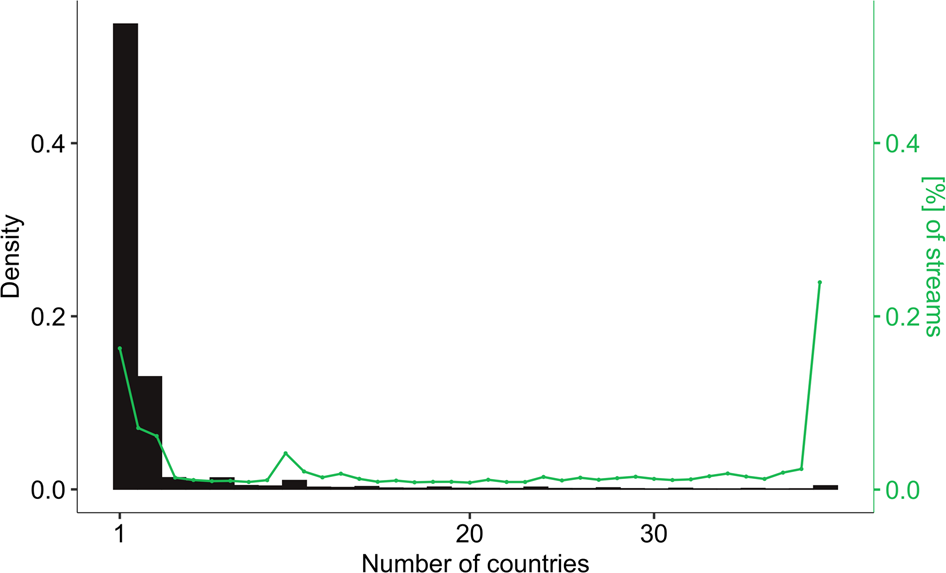
By 1960 the major recording labels were marketing
Record label - Wikipedia Major versus independent record labels. Record labels may be small, localized and "independent" ("indie"), or they may be part of a large international media group, or somewhere in between.The Association of Independent Music (AIM) defines a 'major' as "a multinational company which (together with the companies in its group) has more than 5% of the world market(s) for the sale of records or ... The Independent Record Labels of the 1950's and 1960's 4437 Words. 18 Pages. Open Document. The Independent Record Labels of the 1950's and 1960's History of Music Production Eric Eller Throughout the 1950's and 1960's, a wave of new musical movements by independent record labels and new artists emerged in the United States. This movement is captured in the stories of those label creators ... American Popular Music Flashcards | Quizlet The specific pop music scene that was developed on the West Coast during the early 1960s was: Surf. By 1960, the major recording labels were marketing: less vulgar product to a maturing audience. The most prolific pop composer of the last half of the 20th century has been: Burt Bacharach.
By 1960 the major recording labels were marketing. 6.4 Current Popular Trends in the Music Industry The Influence of Major Record Labels. During the 1990s, the record industry was booming. Music lovers were busy replacing their cassette tapes and vinyl records with CDs, and sales were high. In 1999, the total revenue from music sales and licensing peaked at $14.6 billion (Goldman, 2010). The History of Record Labels By the end of the sixties, CBS was the top record label followed by Warner Brothers. RCA Victor, Capitol Records, Polygram, and MCA were also very popular and by the 70s we had new labels like EMI and Curb Records. In the 80s, we got what was referred to as the "Big Six" which includes… Warner Music Group EMI The History Of Record Labels - HighVolMusic In the 1950s, independent record labels such as Sun Records and Chess Records began to gain popularity. The 1960s saw the rise of major record labels such as Motown and Atlantic Records. In the 1970s and 1980s, the music industry was dominated by a handful of major labels, such as Warner Bros. Records, EMI, and Sony Music. How the Recording Industry Works (History, Jobs, & Functions) - Soundcharts Major labels were recording and marketing, manufacturers were producing physical media, distributors were taking care of the logistics, and record stores were facing the final consumer. The digital environment has turned that system upside down. Now, customers get music via digital service providers of all shapes and sizes, from ad-driven video ...
Music Industry History 1960s - Playlist Research - By the end of the 1960s the top major labels were CBS, Warner Brothers, RCA Victor, Capitol-EMI, PolyGram and MCA. The most successful independent label of the decade was Tamla/Motown. MCA became a big player in the sixties by purchasing Decca. CBS had become the biggest label by the end of the sixties, with Warner in second. In the early 1960s, the major labels tried to regain the rock and roll ... In the early 1960s, the major labels tried to regain the rock and roll market by: Creating rock and roll-themed consumer products Creating new labels - 14980962 genrowland8206 genrowland8206 03/02/2020 History High School answered • expert verified Category:Record labels established in 1960 - Wikipedia Karim (record label) L Lanor Records Lucky Four Records R Reprise Records T Tear Drop Records Triumph Records (United Kingdom) U USA Records V Valiant Records W Woodrich Records Z Zodiac Records (New Zealand) How did record labels in the 60's find musicians? | Cosound Record labels have a responsibility to find musicians to manage and represent. This is something which has changed dramatically through the years due to the growth of the internet. Join us and take a stroll down memory lane to explore the methods record labels in the 60's used to take to find the next musicial icons. The 60's
The Major Labels - Everything You Need To Know About Major Record Labels Playlisting Brands Owned by The Major Labels The major labels aggressively market their music to protect their market share. One tactic that has been vital to the major labels in the past few years has been playlist promotion. All of the major labels have their own Spotify playlist submission and curation strategies. Record collectors: Hollywood record labels in the 1950s and 1960s ... In short, by surveying contemporary trade magazine reportage, it outlines Hollywood's intervention into the recording industry in the 1950s. It also argues that by the mid-1960s, as the market for rock music expanded, corporate links between studios and record labels instructed Hollywood on how to successfully address the youth audience. A History Of Record Labels - BoySetsFire In terms of album sales, the five major recording labels - Universal Music Group, Warner Music Group, Sony Music Group, and a collective of independent labels - control more than 90% of the market. Rock Markos Record Labels 1960 - Deacon Street 45 record labels that were in the Billboard Top twenty in 1960. CLICK BELOW TO DISPLAY SECTIONS FOR ... By 1960, MGM could be considered a "new major." It had all the characteristics of the initial "majors" as it had its own record manufacturing plant along with a distribution network. It was the third most popular label of 1960, mostly because ...
American Popular Music Flashcards | Quizlet The specific pop music scene that was developed on the West Coast during the early 1960s was: Surf. By 1960, the major recording labels were marketing: less vulgar product to a maturing audience. The most prolific pop composer of the last half of the 20th century has been: Burt Bacharach.
The Independent Record Labels of the 1950's and 1960's 4437 Words. 18 Pages. Open Document. The Independent Record Labels of the 1950's and 1960's History of Music Production Eric Eller Throughout the 1950's and 1960's, a wave of new musical movements by independent record labels and new artists emerged in the United States. This movement is captured in the stories of those label creators ...
Record label - Wikipedia Major versus independent record labels. Record labels may be small, localized and "independent" ("indie"), or they may be part of a large international media group, or somewhere in between.The Association of Independent Music (AIM) defines a 'major' as "a multinational company which (together with the companies in its group) has more than 5% of the world market(s) for the sale of records or ...

:max_bytes(150000):strip_icc()/dotdash-a-history-of-bear-markets-4582652-FINAL-45c56ebc095e4815a2c3229b13896a1b.jpg)








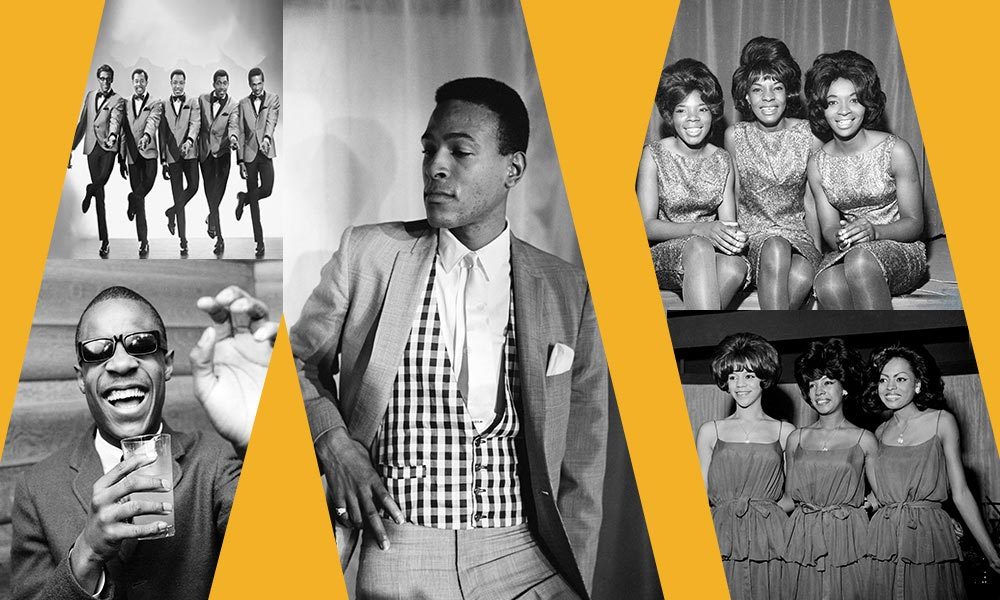




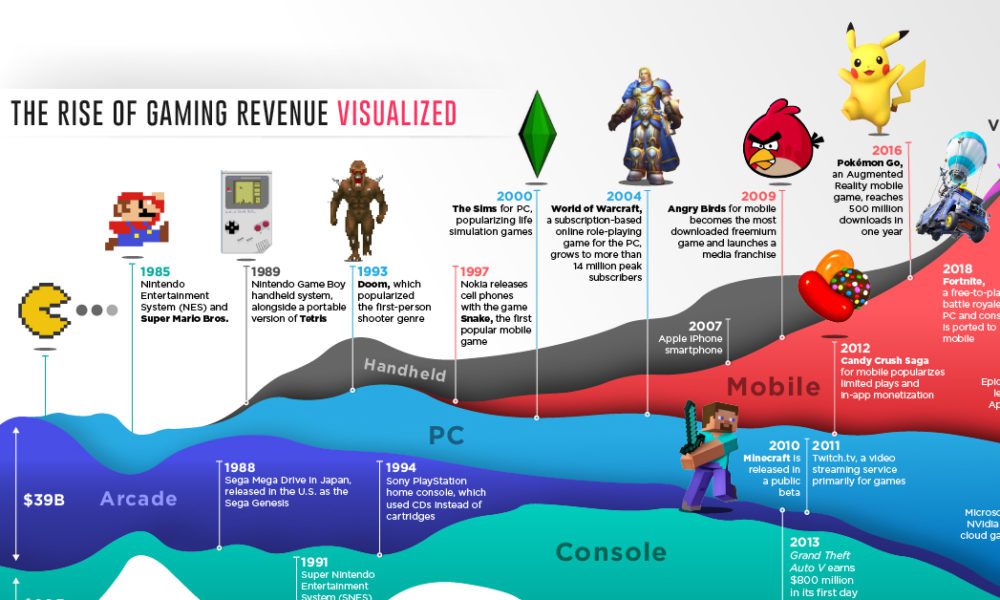




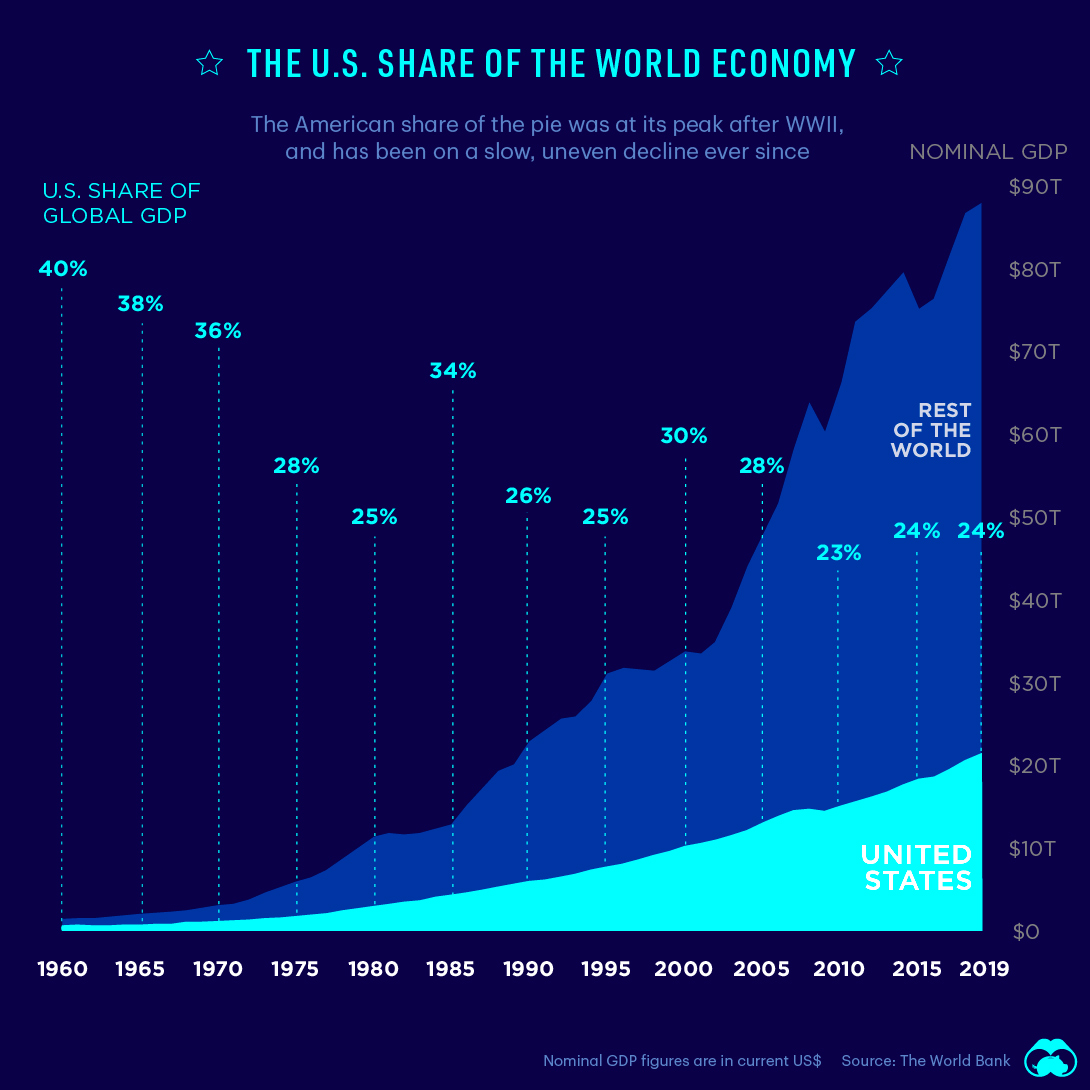
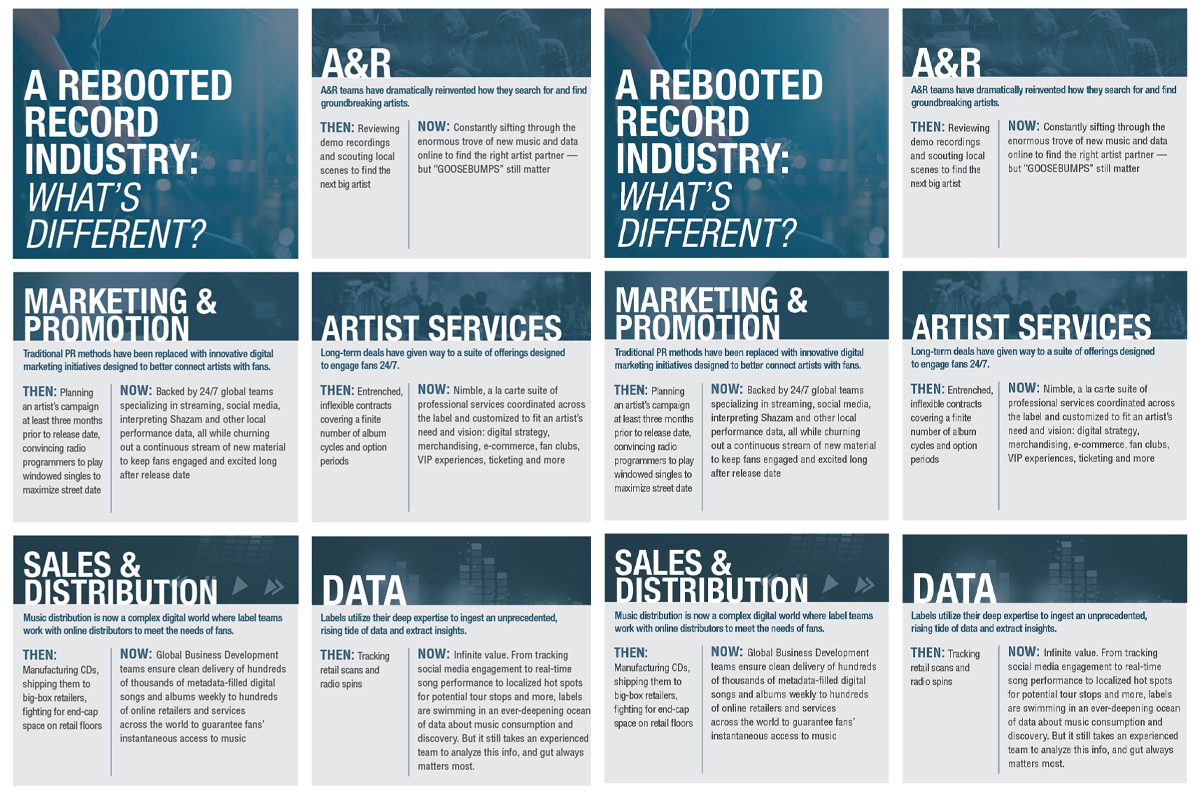
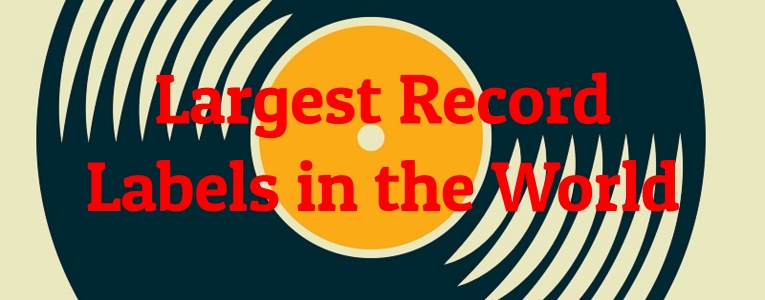
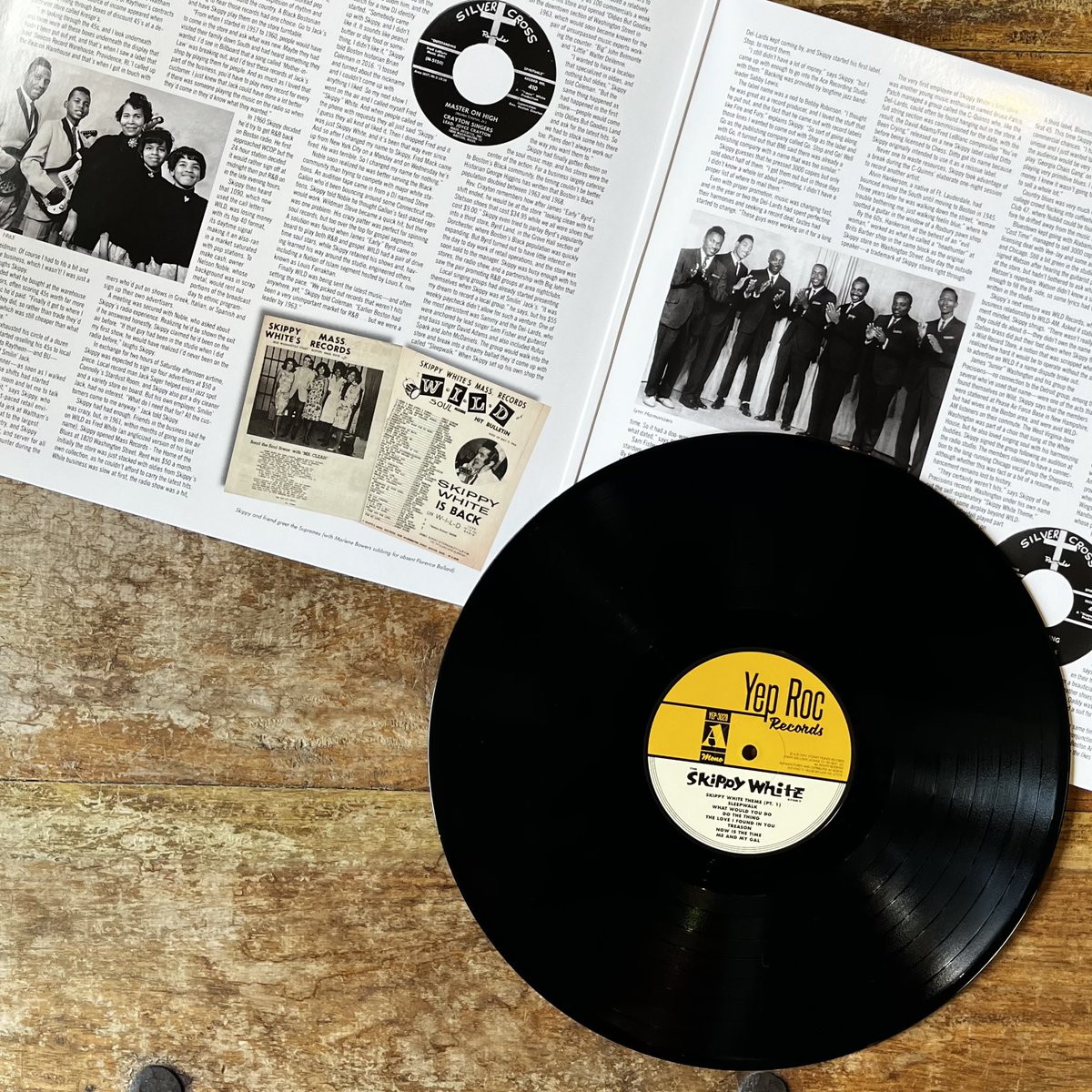

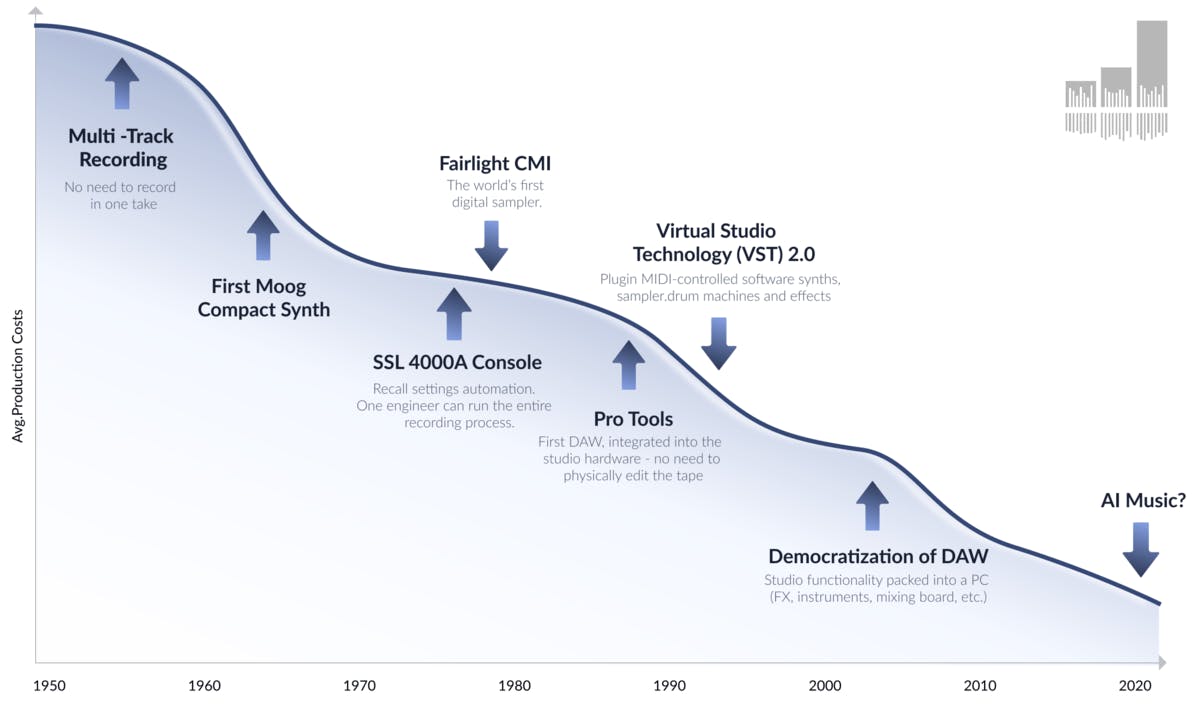






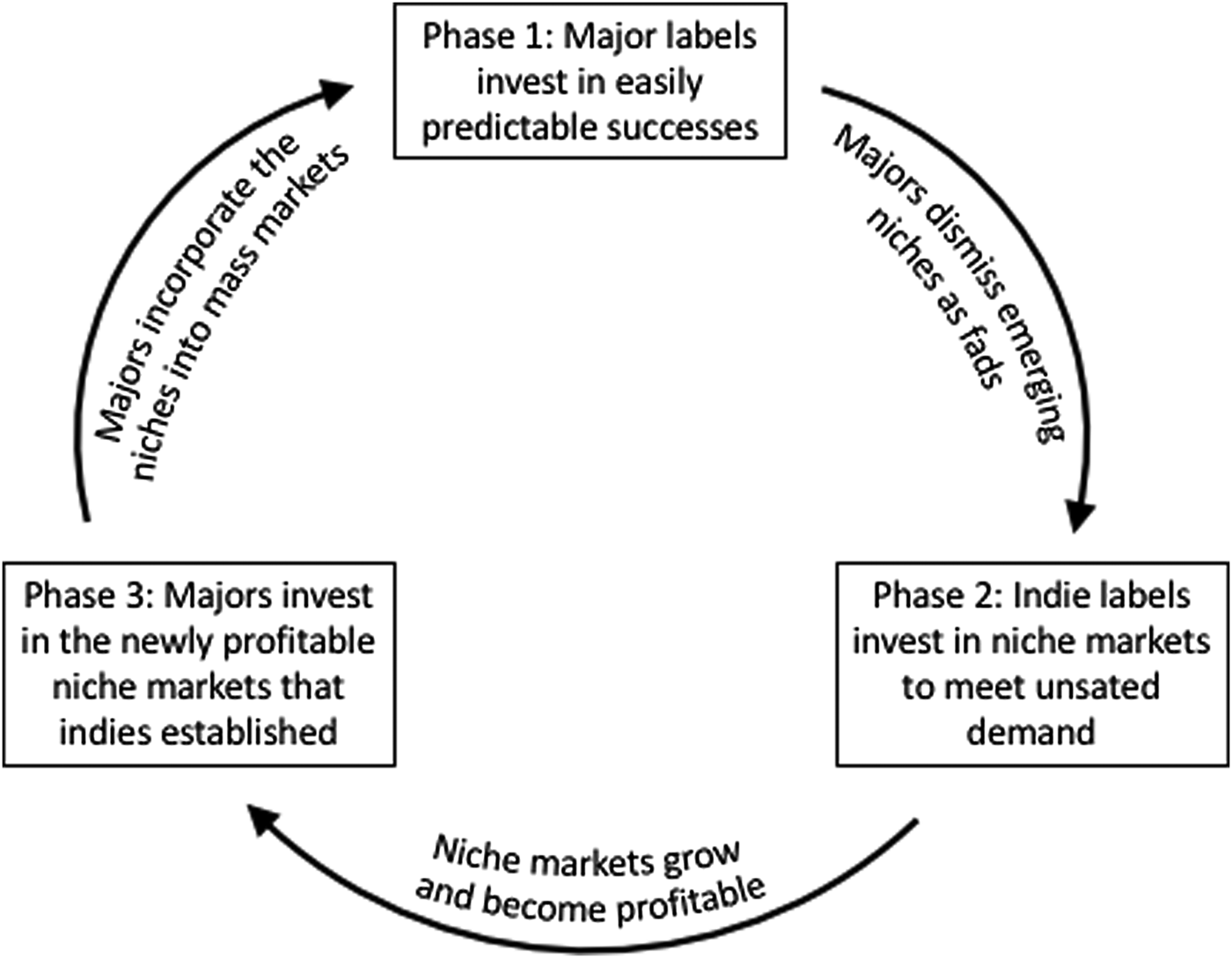

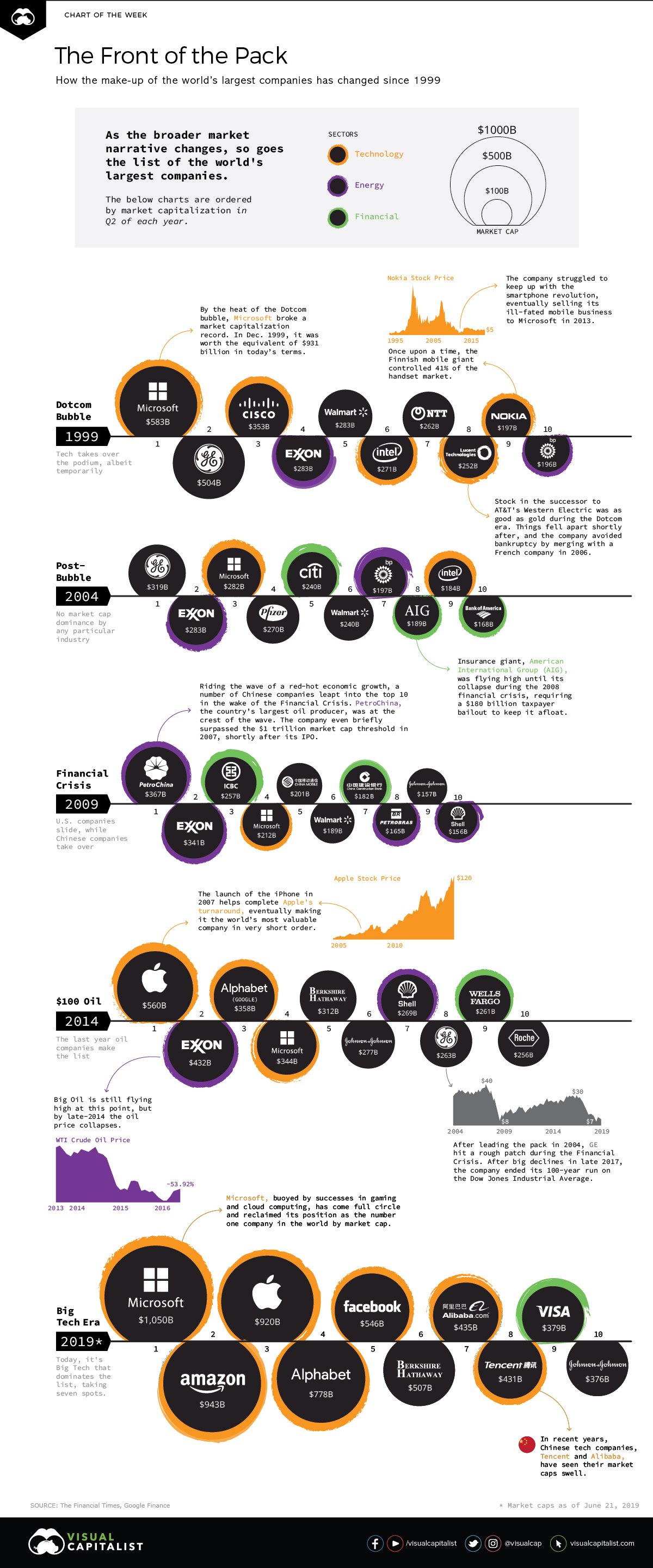
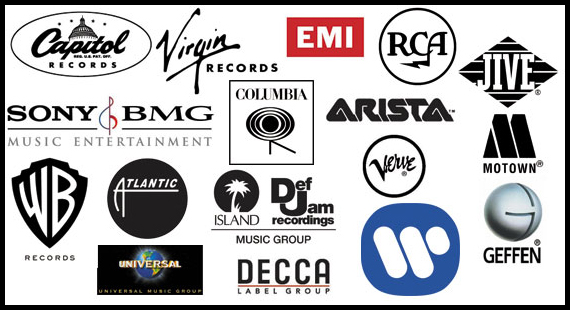
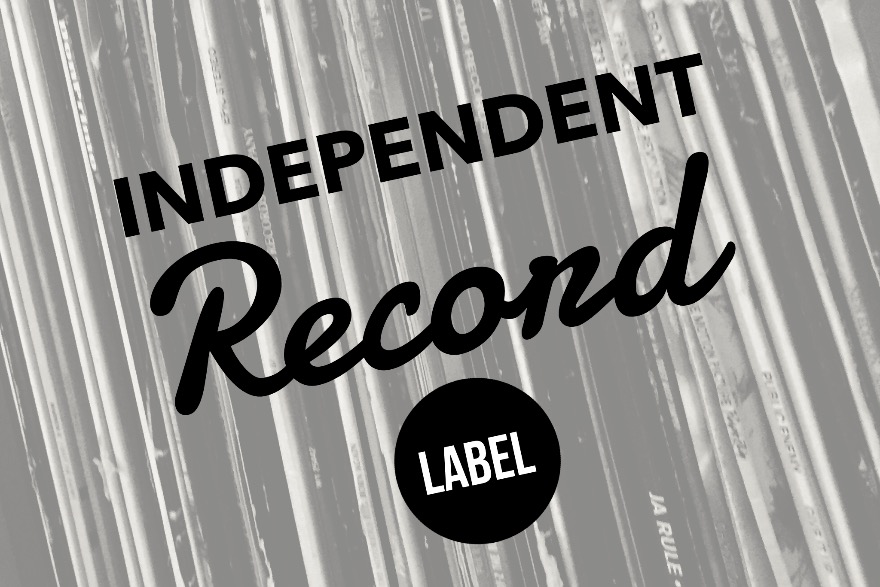

Post a Comment for "43 by 1960 the major recording labels were marketing"